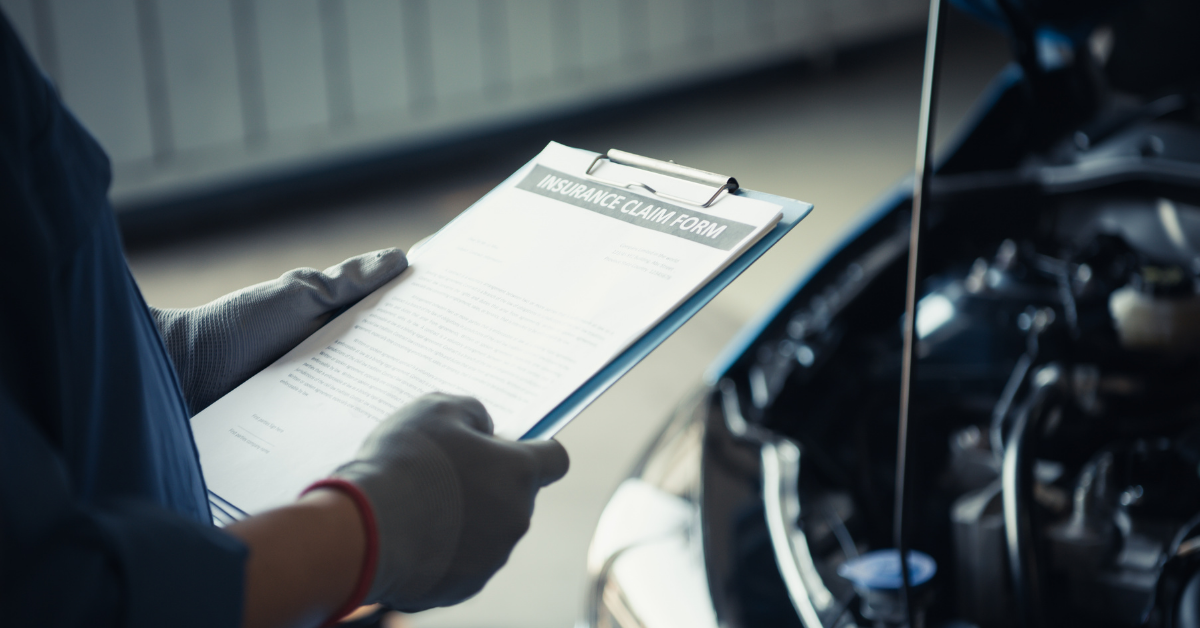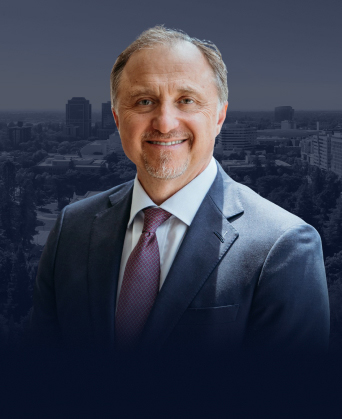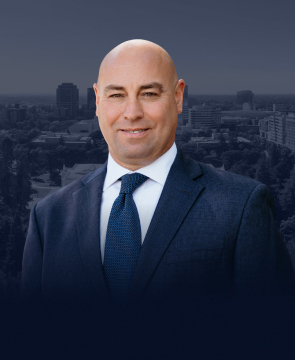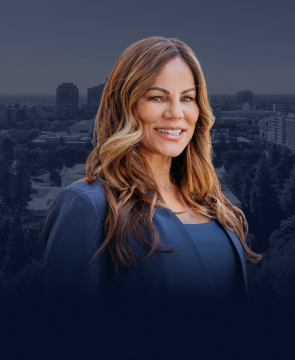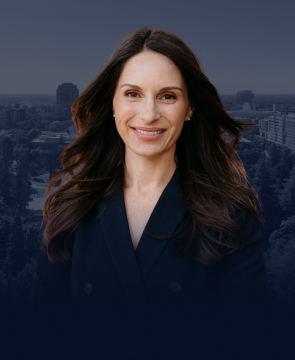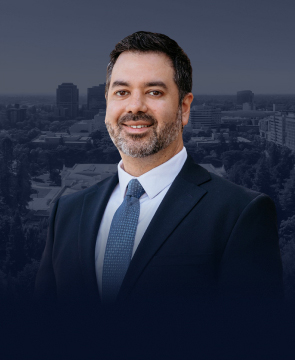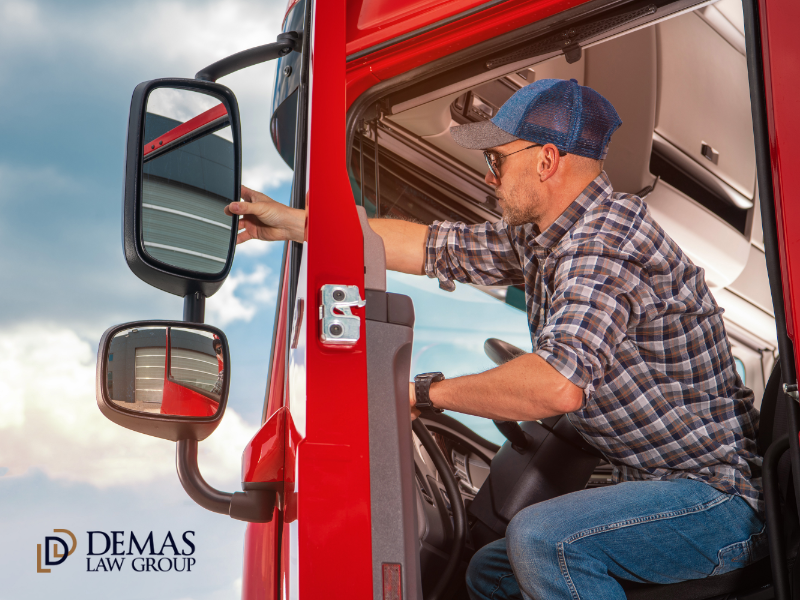The automaker Tesla has come under regulatory scrutiny in California over its marketing claims about its vehicles’ “Full Self-Driving” capabilities. This follows multiple accidents in California and across the United States involving Teslas in which the driver had activated the driver assistance system called “Autopilot.”
Contact Demas Law Group for a free case evaluation if you’ve been injured in a crash with a Tesla vehicle using its Autopilot system. Our Sacramento law firm helps injured accident victims pursue the compensation they deserve when they’ve been hurt in motor vehicle accidents or by defective products.
Tesla’s Full Self-Driving Package Claims
Tesla advertises a “Full Self-Driving Package” for the Autopilot system on its vehicles. According to Tesla, Autopilot is an advanced driver-assistance system on every Tesla vehicle that includes external cameras and ultrasonic sensors. A dedicated computer allows the car to perform certain actions on behalf of the driver. This Full Self-Driving Package unlocks the full capabilities of the Autopilot system.
Tesla claims that its Full Self-Driving Package can perform tasks that include:
- Controlling the vehicle on the freeway from on-ramp to off-ramp, including suggesting lane changes, navigating interchanges, engaging the turn signal, and taking the car off the highway on the driver-designated exit
- Autosteering the vehicle, including keeping the vehicle in the lane or moving the vehicle over to an adjacent lane when the turn signal is activated.
- Automatic parallel parking
- Navigating the vehicle in parking lots from the vehicle’s parking spot to the driver’s location
- Slowing and stopping the vehicle at stop signs and red lights
But Tesla notes that Autopilot and the Full Self-Driving Package require active driver supervision because the vehicle is not actually autonomous. Unfortunately, many drivers appear to take the “Autopilot” and “Full Self-Driving” branding literally.
Self-Driving Tesla Accidents

In one incident, a Tesla driver was killed when his vehicle struck a crashed semi-truck. Drivers in California have also been arrested for engaging Autopilot mode on their Tesla and climbing out of the driver’s seat. Another crash in Washington State involved a Tesla in Autopilot mode slamming into a deputy sheriff’s cruiser.
Self-Driving Car Accident Lawsuits
In addition to investigations by the California DMV, other states, and the National Highway Traffic Safety Administration, individuals who have been injured in Tesla accidents involving the Autopilot system have filed lawsuits against Tesla. Families of victims killed in such Tesla accidents have initiated similar actions.
Why Do Tesla Car Accidents Happen?
Tesla claims that its Full-Self Driving Package is intended only as a driver-assistance system. Although the package allows the vehicle to handle many driving tasks, the company reiterates that the system requires active monitoring by a driver who can intervene and take complete manual control of the car in emergencies.
Unfortunately, Tesla’s confusing and potentially misleading marketing has led many owners to believe that the vehicle’s systems have greater capabilities. Tesla drivers who use their vehicle’s Autopilot or Full Self-Driving system can be lulled into not maintaining their full attention on the road while the system is engaged.
Tesla drivers have been seen using their cell phones, the vehicle’s infotainment dash, watching movies on a laptop or DVD player, and even sleeping while the Autopilot system is activated. When a distracted driver relies on their vehicle’s “Autopilot” too heavily, it could easily lead to an accident.
Who Is Liable for a Tesla Autopilot Crash?
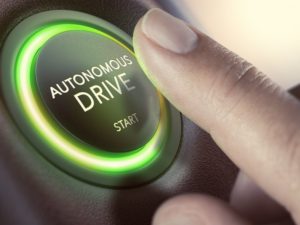
In some cases, Tesla could be held liable for a crash involving one of its vehicles if the cause of the crash can be attributed to a defect or failure in the Autopilot system. For example, if the system fails to detect an object in front of the vehicle and brake or the system turns the wheel at an inappropriate moment, Tesla might be responsible for a crash and any resulting injuries.
Tesla could also be held liable if an accident can be attributed to false or misleading advertising regarding its Autopilot system. For example, if you were injured in a crash in a Tesla while using the Autopilot system under circumstances that Tesla’s marketing reasonably led you to believe were appropriate, you might have a claim if it turns out you were misled. If this sounds familiar, you need help from an experienced attorney.
Financial Restitution for Your Losses from a Tesla Accident
If you were injured by a Tesla vehicle with its Autopilot or Full Self-Driving system activated at the time of the crash, you might be entitled to recover financial compensation for your losses. These could include:
- Medical treatment and rehabilitation of injuries suffered in the crash
- Lost income for your missed time from work due to your injuries
- Lost earning capacity if your injuries resulted in physical disabilities that render you unable to work
- Physical pain and emotional distress from the accident and your injuries
- Lost quality of life because of embarrassment, humiliation, or difficulties caused by scarring, disfigurement, or disability
- Repair costs for vehicle and property damage
Time Limit for Filing a Tesla Accident Injury Claim
If you were injured in a traffic crash caused by a Tesla, under California’s statute of limitations, you generally have two years from the date of the accident to file a lawsuit for compensation for your injuries. You have three years to file a lawsuit to recover compensation for damage to your vehicle or other property.
If you wait until after the statute of limitations expires, the court can permanently dismiss your case, and you would likely lose your right to financial recovery for your injuries and losses.
Contact a Tesla Accident Attorney
If you’ve been injured in a Tesla Autopilot accident, you might be entitled to pursue a defective product claim to recover compensation for your injuries and losses. Call or contact a Tesla accident attorney from Demas Law Group today for a free, no-obligation consultation to learn more about your legal rights and options.
